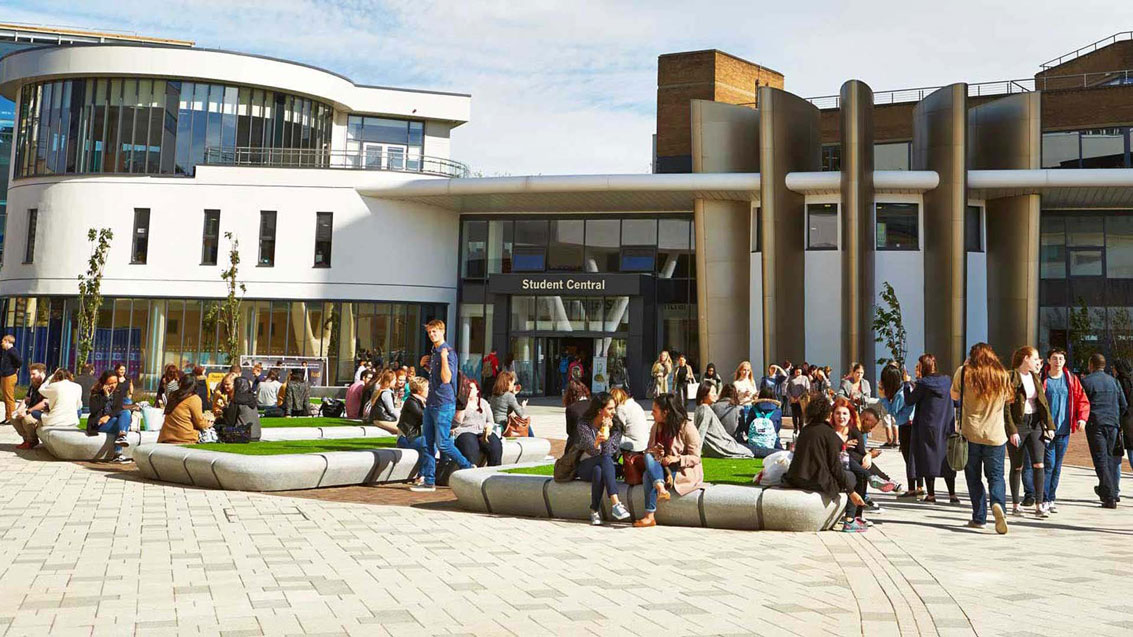
Sustainable building
The University is committed to sustainable building practices and their impact on the environment. Here is a list of our key environmental policies:
- A comprehensive environmental policy for the estate and facilities is detailed in an Environmental Strategic Plan. Representatives of all schools and departments attend meetings of an Education for Sustainable Development Forum.
- All new-build projects and refurbishments start from the premise of re-using of re-modelling existing buildings before demolition and replacement is considered. There are many outstanding examples of old buildings remodelled for new use – for example, the six-storey West Mill, a Victorian structure that now houses the School of Computing and Engineering. It won an Ironbridge Trust Award for redevelopment of an historic building.
- New buildings are designed with sustainability in mind and the most recent ones have achieved a rating of Excellent from BREEAM, the world's foremost environmental assessment method.
- An ongoing programme of environmental measures, including fully condensing boiler plant, heat recovery systems, installation of LOED lighting and a £5 million window replacement scheme have resulted an annual reduction of carbon emissions by up to two per cent – but the goal is that, by 2020, they will have been cut by 25 per cent.
- Huddersfield has the fourth lowest water consumption per head of all UK universities. And water from the canal that runs through the heart of the campus is used to provide free cooling to canalside buildings.
- High performance computers and data centres generate a huge amount of heat and carbon emissions. The University of Huddersfield, with an industrial partner, is developing a new system that will enable firms and institutions to ensure that their computing systems are as energy efficient as possible. The University intends to be first customer for its own product.
- Environmental sustainability goes hand in hand with financial sustainability. The University has developed a policy of “building without borrowing”, so that it continually invests in its campus without recourse to bank loans.